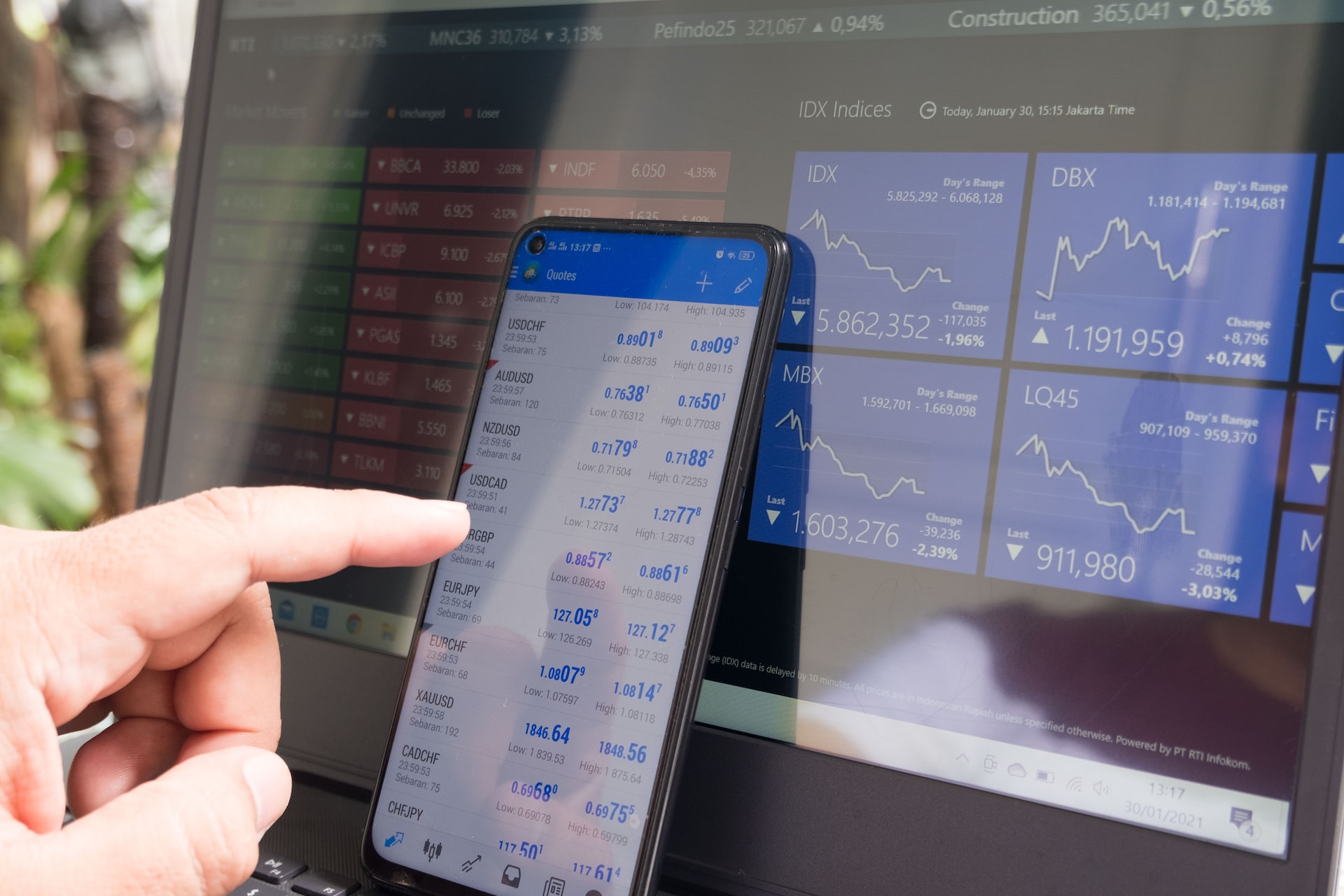Stock investors rarely worry about interest rates until a hike is implemented. The Fed’s decision on whether to raise or lower the interest rate is made through a vote by the Federal Open Market Committee (FOMC). Investors should watch closely on these changes because of the bearings the vote may have on the market.

The USD gains when the rate is higher than predicted. If the rate is lower than expected, a bearish situation affects the dollar. So, the question in this post is what exactly the investors should do to remain relevant now that the Fed is continually raising the interest rate. This is also a question of how interest rate impact stock markets.
Fed and Interest Rate
All economies of the world are prone to runaway situations. In the United States, the Federal Reserve (the Fed) manipulates the federal funds rate to control such situations. This action is one of the monetary policies of this organization.
The growth of an economy is a good thing, but it is undesirable when it is too fast. Whenever the growth is rapid, the Fed will intervene with a rate hike. So, a higher rate is typically an indication of a growing economy. The reverse also happens. A shrinking economy is dangerous, so the Fed will lower the interest rate in that case.

This lowering and raising of the interest rate are dependent on economic performance, so they could happen in months or years.
Recent Fed Rate Adjustments
To know what to do today as an investor, it is worthwhile to get the context. At the height of the recent pandemic in the second quarter of 2020, the federal funds rate went to as low as 0.05%. Until now, the rate has only slightly improved.
The Fed meets again on Dec. 13-14, but they are likely to slow the rate hike as the year comes to a close. This year alone, there have been six consecutive rate hikes, so there were high expectations a break was in the offing. However, there is still a long way to go before prices can be stable again. These sentiments were shared by Federal Reserve Chair Jerome Powell in a recent press conference. So, what options do investors have in the current circumstances?
Steps to Take
First, don’t panic. Search for comfort instead. The best route to comfortable investments is to have a long-term perspective. As interest rates keep increasing, the best investments are those designed for long-term stability. Consider a firm that went through the height of the pandemic and is still standing strong.
While such a company will still undergo the lows and downs of the market, it should see its stock value increase over time. Short-term market fluctuations should be a concern because the goal is long-term profitability.

Investors may be worried about their portfolios as the interest rate rises, but this is the ideal time to review the portfolio. During this reevaluation, it is important to check which sectors the investments are in. This is probably the time to avoid heavily investing in a specific market area. Also, consider exchange-traded funds (ETFs) or diversified stock investments.
For investments to make sense going forward, it is important to focus on these dynamics: The Fed’s determination, policy lags, and the persistence of core inflation. The dynamics remind us that the investor must watch out for false signals.
Conclusion
Now that the rate hike still exists, the answer to investor concerns is straightforward: Invest as expected in all situations and per how the stock market works. In short, one needs to invest in such a way that there will be dividends, whether the economy is performing well or poorly. A diversified portfolio consisting of cash, stocks, and bonds never fails.
Focusing on rate predictions may not work; the investor wants to focus on proper management of his/her portfolio to survive regardless of which direction the rate takes.











